
New exhibit explores ties of European royalty to Switzerland

Switzerland has enjoyed a close relationship with royalty since the 19th century, particularly when the elites spent their holidays here. An exhibit at the National Museum in Zurich showcases the history of the visits by the royal families to Switzerland and the reaction of the population.
+Get the most important news from Switzerland in your inbox
Over the past 200 years, many monarchs have come to Switzerland for rest or refuge, or even for diplomatic visits. The exhibition Visiting Royals – from Sisi to Queen Elizabeth, on view from Friday until November 9, seeks to understand why Swiss democracy has such an intimate relationship with European monarchies.
Surprising anecdotes, photographs, writings and personal objects from members of royalty: the exhibition brings these turbulent relationships to life, writes the National Museum on Wednesday.
From Napoleon III to Elizabeth II
The official visits of Queen Elizabeth II of England are still etched in the memories of people in Switzerland, as are the holidays of her son Charles and his family on the snowy slopes of Klosters in canton Graubünden. But the monarchical tradition of holidays in Switzerland goes back much further. In 1868, Queen Victoria spent a whole month there.
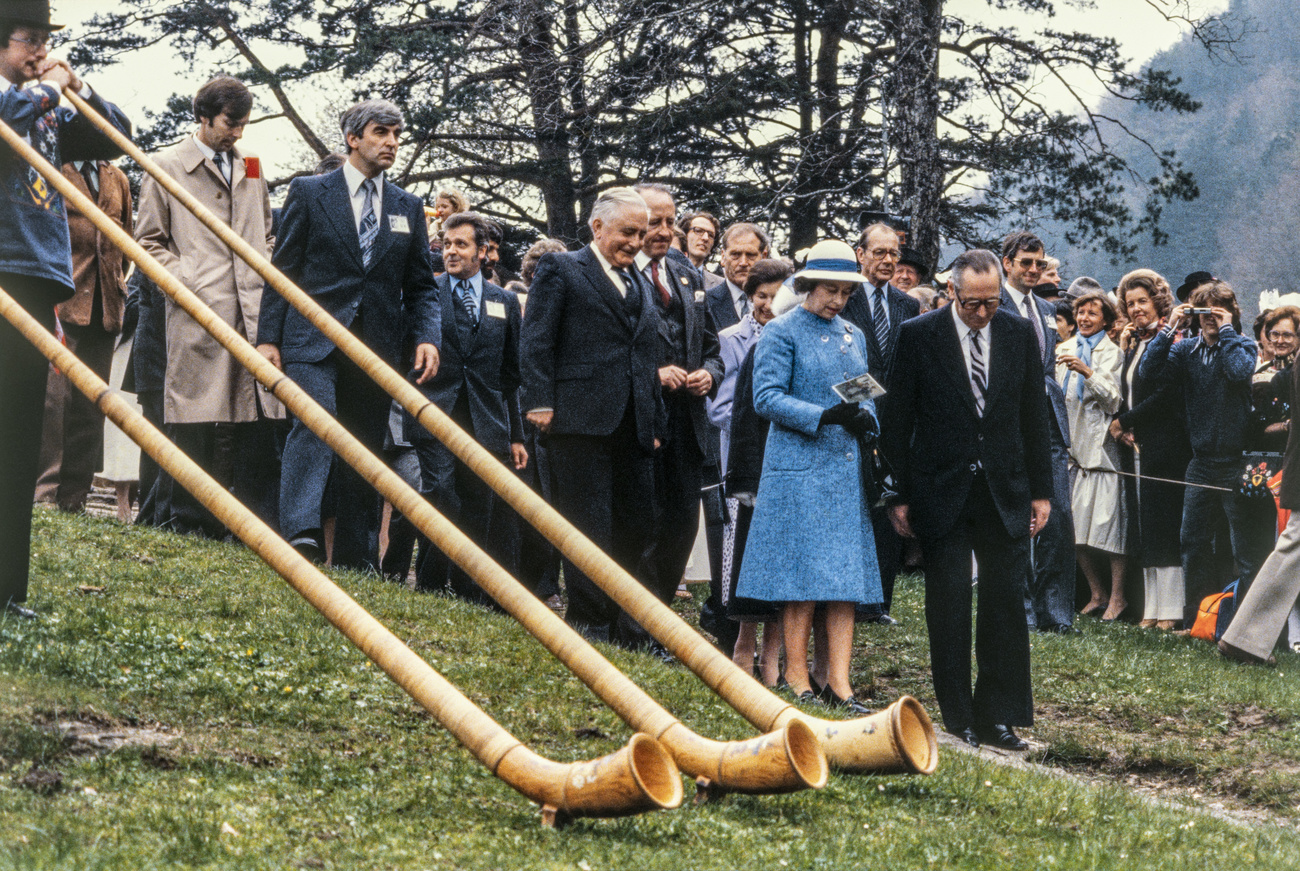
More
When Queen Elizabeth II visited Switzerland
In 1817, Charles Louis Napoléon Bonaparte spent his late childhood and adolescence in exile in Thurgau, at Arenenberg Castle on Lake Constance. It was there that the man who was to become Emperor Napoleon III learned the Thurgau dialect. He also attended military school in Thun in canton Bern.
The weapon used to assassinate Sisi
Empress Elisabeth of Austria, better known as Sisi, came to Switzerland many times in search of peace and quiet, nature and distance from the court. She often travelled incognito in the country, but did not always succeed. Her last visit even ended tragically: on September 10, 1898, she was murdered in Geneva by the Italian anarchist Luigi Lucheni.
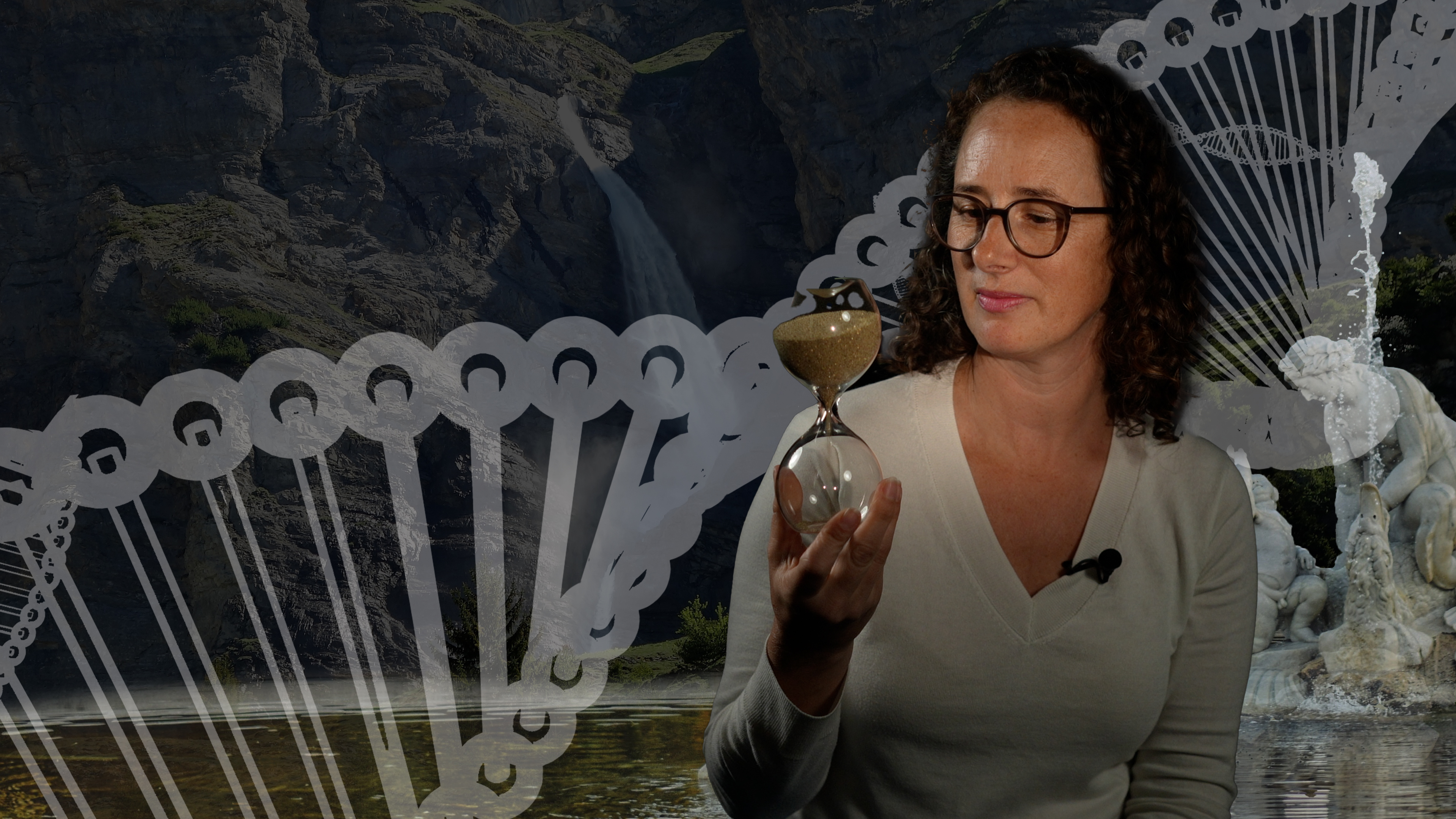
More
How Switzerland became a longevity hot spot
This tragedy shocked the whole of Switzerland. Church bells rang out and thousands of people lined the roads to follow the funeral procession across the country. Five Swiss ministers even accompanied the procession.
The exhibit at the National Museum features the knife with which the empress was stabbed. In 1965, the canton of Geneva donated it to the University of Vienna.
King Ludwig II of Bavaria was also fascinated by Switzerland and its legendary hero Wilhelm Tell. In 1865 and 1881, he visited the Grütli under an assumed name. The monarch dreamed of building a castle there, a dream that remained unfulfilled.
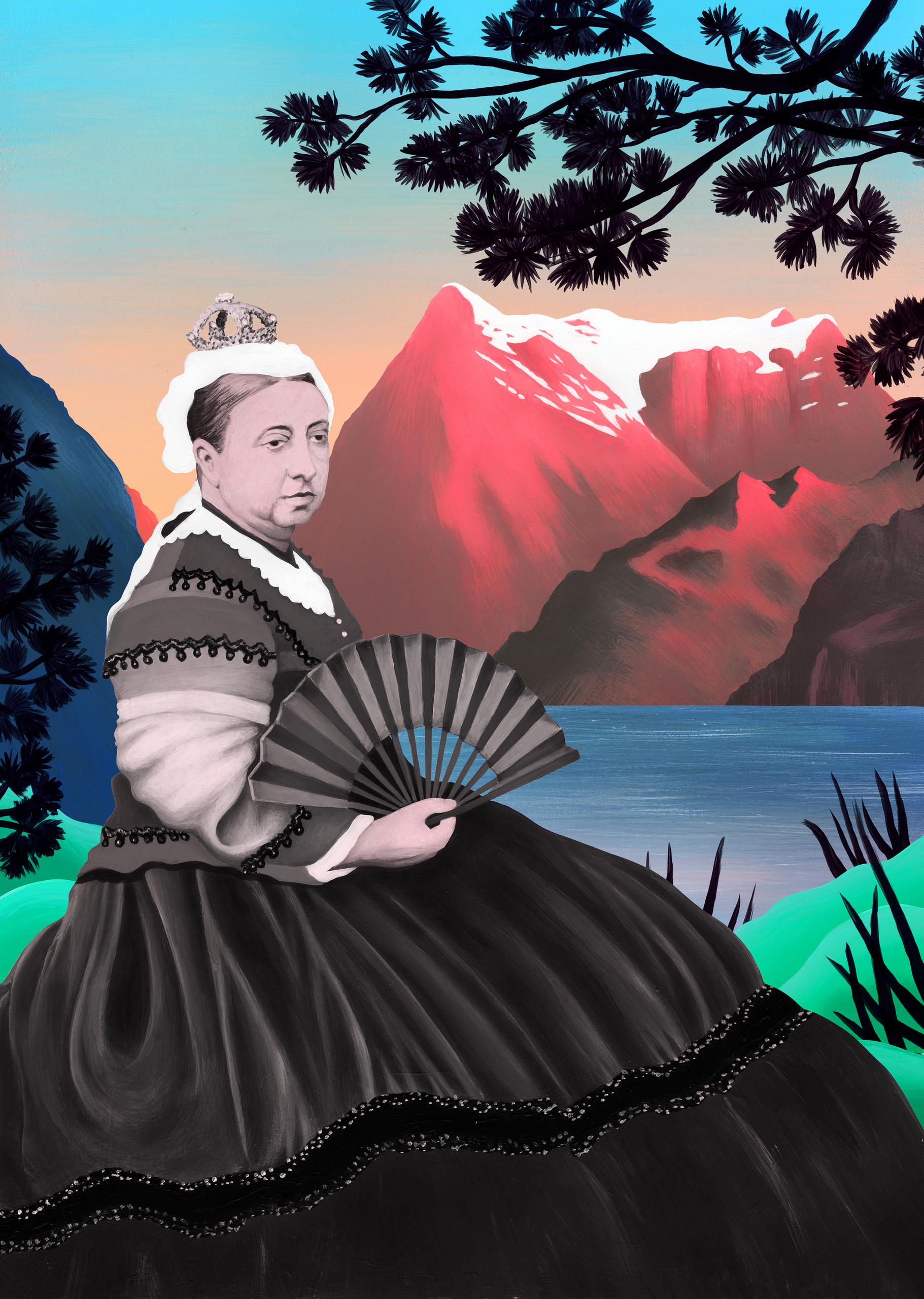
More
How Queen Victoria transformed the Swiss tourism industry
The emperor of Ethiopia: less idyllic
Less idyllic was the visit of the Ethiopian emperor Haile Selassie, who was welcomed by 100,000 people in Bern in 1954. His aim was to draw inspiration from industrial Switzerland and buy arms from Zurich manufacturer Emil Bührle, despite the embargo in force.
The exhibition includes a hair from the lion’s mane that adorned Haile Selassie’s headdress, taken by a Swiss career officer who wanted to keep a personal souvenir.
The exhibition will be presented in an adapted form at the Château de Prangins in canton Vaud from March 19 to October 10, 2027.
Translated from German by DeepL/jdp
We select the most relevant news for an international audience and use automatic translation tools to translate them into English. A journalist then reviews the translation for clarity and accuracy before publication.
Providing you with automatically translated news gives us the time to write more in-depth articles. The news stories we select have been written and carefully fact-checked by an external editorial team from news agencies such as Bloomberg or Keystone.
If you have any questions about how we work, write to us at english@swissinfo.ch

In compliance with the JTI standards
More: SWI swissinfo.ch certified by the Journalism Trust Initiative
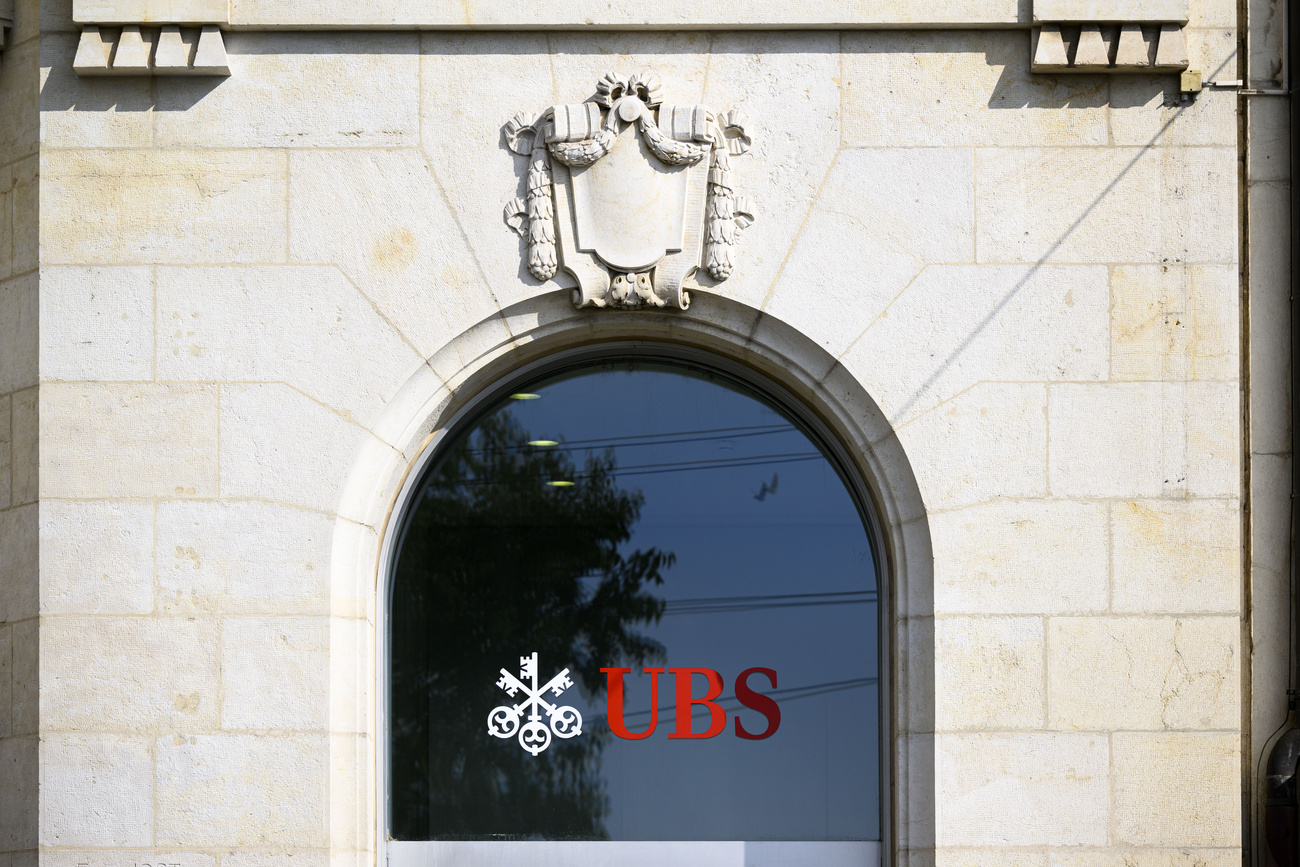




















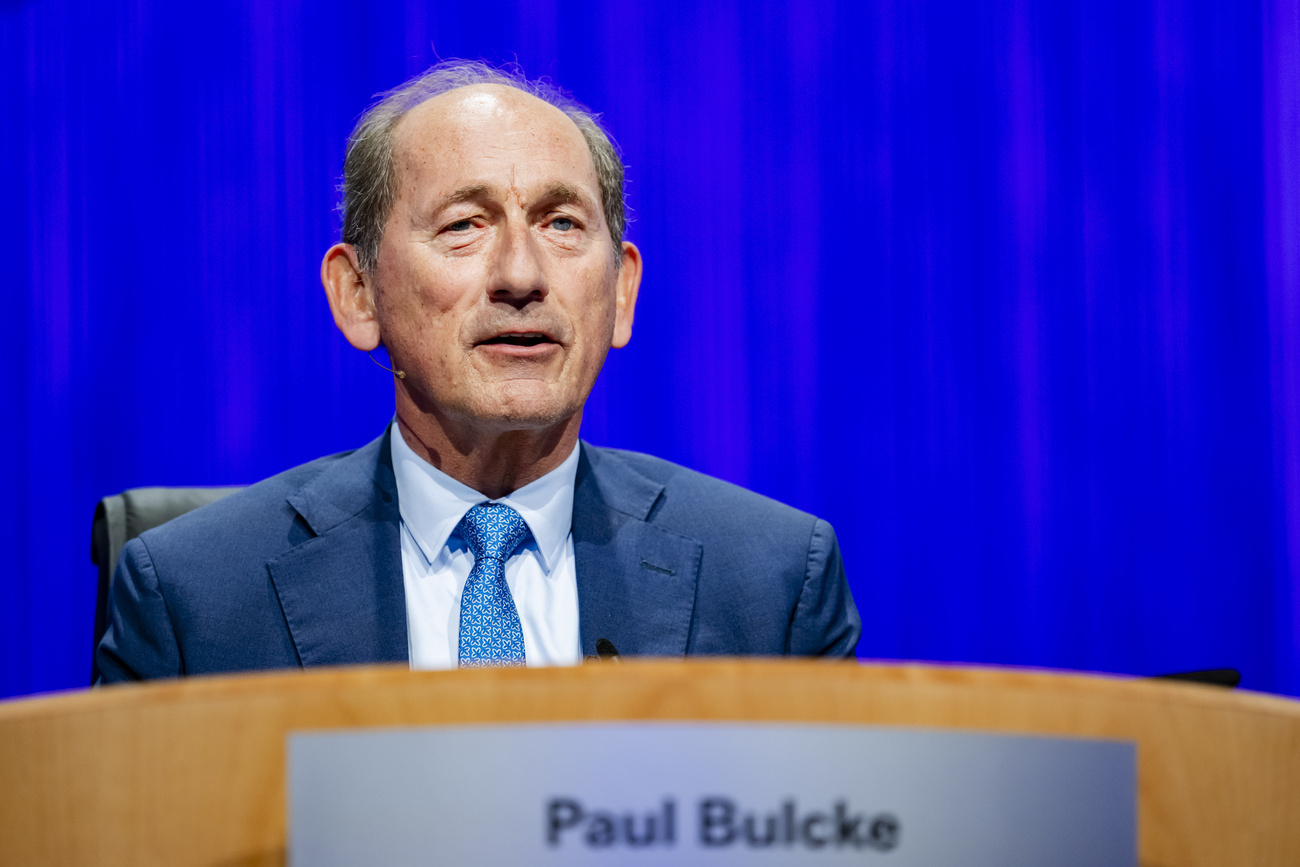


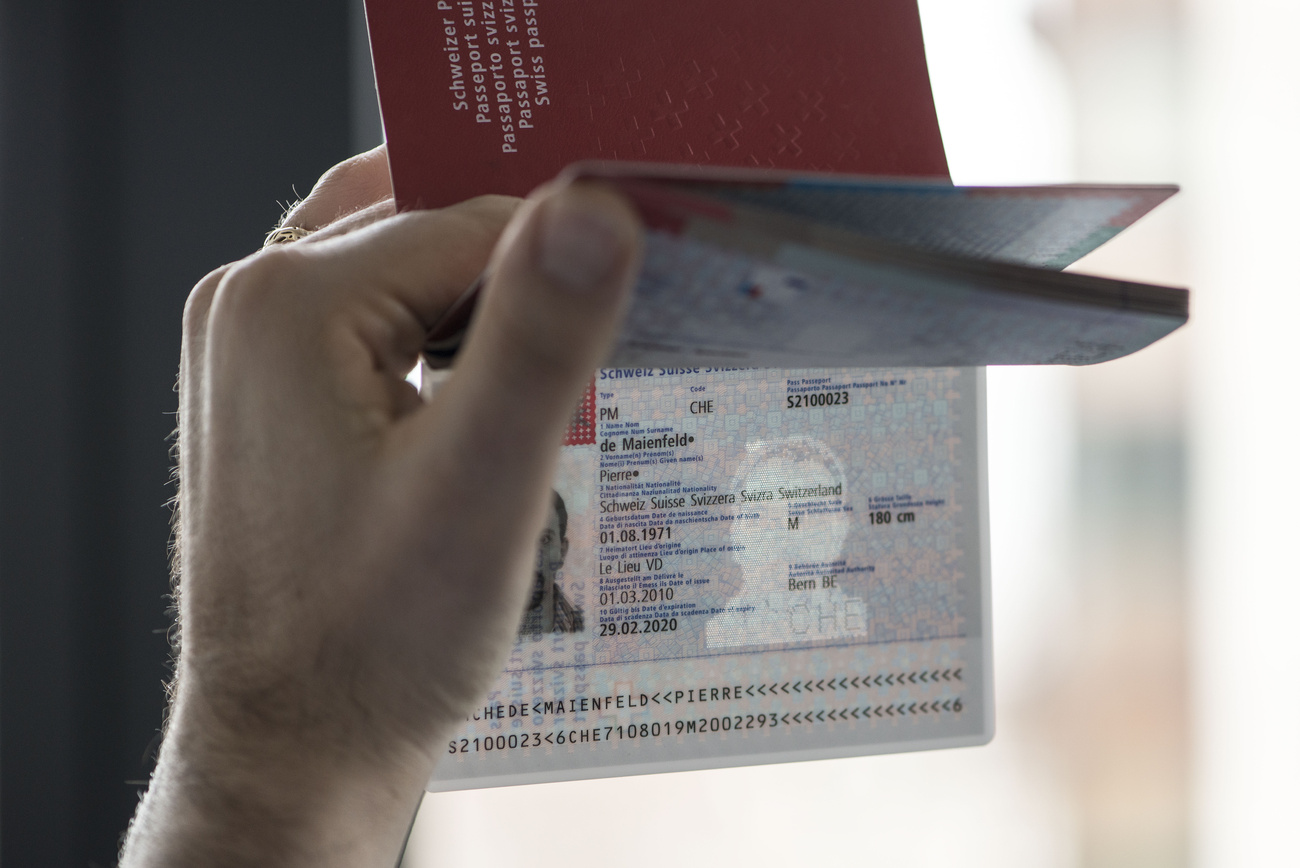


You can find an overview of ongoing debates with our journalists here . Please join us!
If you want to start a conversation about a topic raised in this article or want to report factual errors, email us at english@swissinfo.ch.